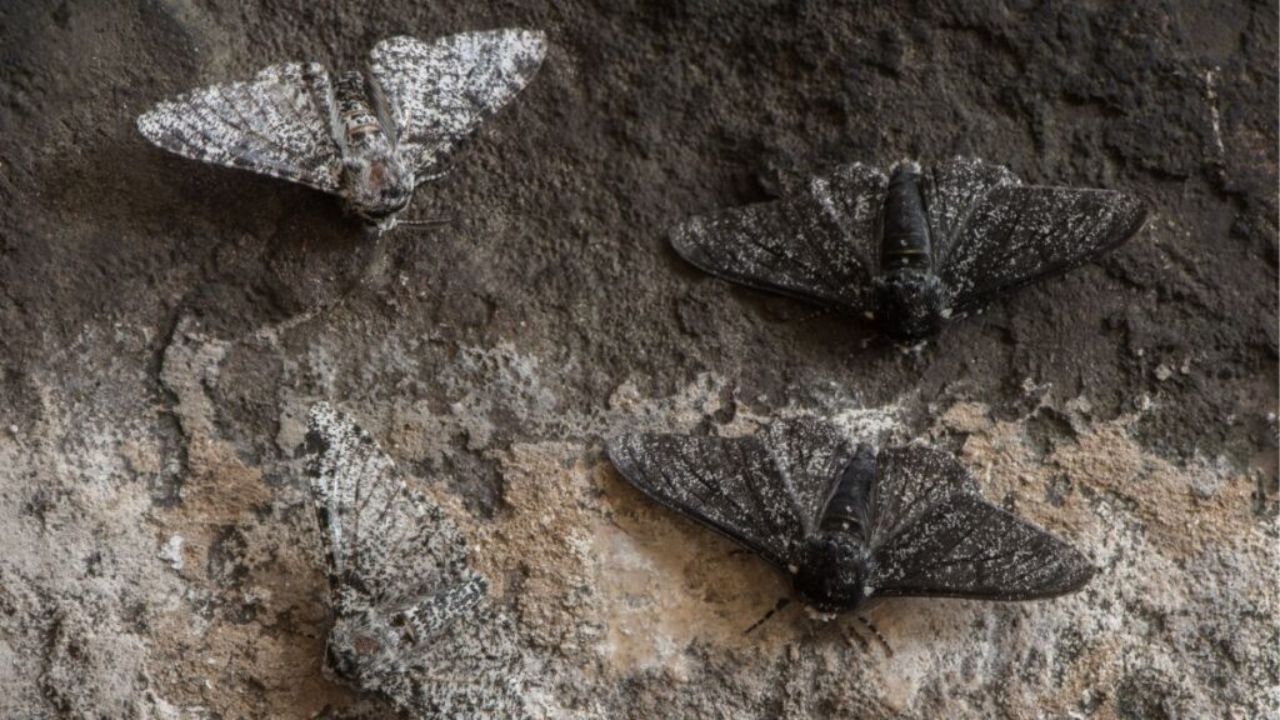In the captivating world of entomology, few things inspire wonder like the delicate beauty and complexity of moths. Among them, the Autobà genus stands out, a testament to the meticulous work of 19th-century entomologist Francis Walker. Established in 1863, the Autobà genus is a fascinating subject for both seasoned entomologists and curious insect enthusiasts. This article dives deep into the history, characteristics, and significance of Autobà, offering insights into Walker’s groundbreaking contribution to taxonomy and the broader field of moth study.
The Genesis of Autobà
In the mid-1800s, the study of insects was a burgeoning field, ripe with discovery and driven by the passion of dedicated naturalists. Francis Walker was one of the leading figures in this movement. Known for his extensive cataloging of insects, Walker played a pivotal role in laying the groundwork for modern entomology. His establishment of the Autobà genus in 1863 was a significant milestone, marking a new frontier in the classification of moths.
Walker’s meticulous documentation and classification efforts provided a foundation that would influence generations of entomologists. The Autobà genus, in particular, exemplifies his approach to taxonomy, blending rigorous scientific methodology with an appreciation for the natural world’s intricacies. Walker’s work not only expanded the existing taxonomy but also set new standards for thoroughness and precision in scientific classification.
An In-Depth Look at Autobà
The Autobà genus is characterized by several distinct physical traits that set it apart from other moth genera. These moths typically feature intricate wing patterns and colors, which serve both aesthetic and functional purposes. The wing designs play a crucial role in camouflage, helping Autobà moths blend seamlessly into their environments, thus avoiding predators.
Geographically, Autobà moths are primarily found in specific regions that provide the ideal conditions for their survival. These areas include tropical and subtropical zones, where the climate supports their life cycle. The habitats they occupy range from dense forests to open meadows, each offering unique resources that cater to different stages of their development.
Understanding the life cycle of Autobà moths provides insight into their behavior and ecological role. From egg to larva, pupa, and adult, each stage is marked by transformation and adaptation. These moths exhibit fascinating behavioral patterns, such as nocturnal activity and specific mating rituals, contributing to the rich tapestry of biodiversity within their ecosystems.
Significance in the Context of Entomology
The study of Autobà holds great significance within the broader context of entomology. By examining this genus, researchers gain valuable insights into the evolutionary processes that shape moth diversity. The unique characteristics of Autobà moths contribute to our understanding of speciation and adaptation, offering clues about the evolutionary pressures that drive these phenomena.
Additionally, Autobà serves as a vital reference point for conservation efforts. As habitats face increasing threats from human activity and climate change, understanding the ecological needs and vulnerabilities of Autobà moths can inform strategies to protect them and their environments. Research on this genus highlights the interconnectedness of species within ecosystems and underscores the importance of preserving biodiversity.
Recent Discoveries and Future Prospects
Since Walker’s initial classification, the study of Autobà has continued to evolve, with new discoveries shedding light on this enigmatic genus. Recent research has unveiled previously unknown species within the Autobà genus, expanding our understanding of its diversity and distribution. These findings reflect advancements in genetic analysis and fieldwork techniques, which have opened new avenues for exploration.
The future of Autobà research promises to be just as exciting, with numerous potential areas for further investigation. Researchers are particularly interested in studying the genetic makeup of Autobà moths to uncover the mechanisms behind their adaptability and resilience. Conservationists, too, are eager to apply this knowledge to develop targeted strategies that mitigate the impacts of environmental changes on Autobà populations.
You May Also Like: What the Heckin Dog Explained for Pet Lovers
Conclusion
The legacy of Francis Walker’s 1863 discovery of the Autobà genus continues to resonate within the scientific community. This exploration into the world of Autobà not only celebrates the historical significance of Walker’s work but also underscores the ongoing relevance of entomological research. For entomologists, insect enthusiasts, and science readers alike, the Autobà genus offers a window into the wonders of evolution, adaptation, and biodiversity.
FAQs
Why is the Autobà genus significant in entomology?
The Autobà genus offers insights into moth diversity and evolution, aiding research and conservation efforts.
What are the key features of Autobà moths?
Autobà moths have distinctive wing patterns, thrive in tropical regions, and showcase unique life cycles and behaviors.
How did Francis Walker contribute to moth taxonomy?
Francis Walker established the Autobà genus in 1863, expanding moth classification and advancing entomological research.
What recent discoveries have been made about Autobà?
Recent research has uncovered new species within the Autobà genus, enhancing our understanding of its diversity.
How can Autobà research aid conservation efforts?
Studying Autobà helps identify ecological needs, informing strategies to protect moths and their habitats from environmental threats.








